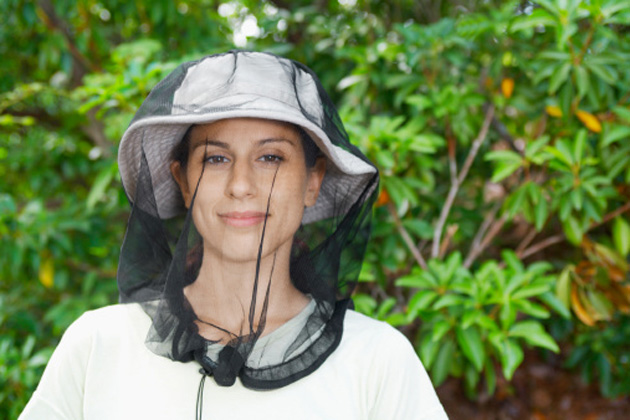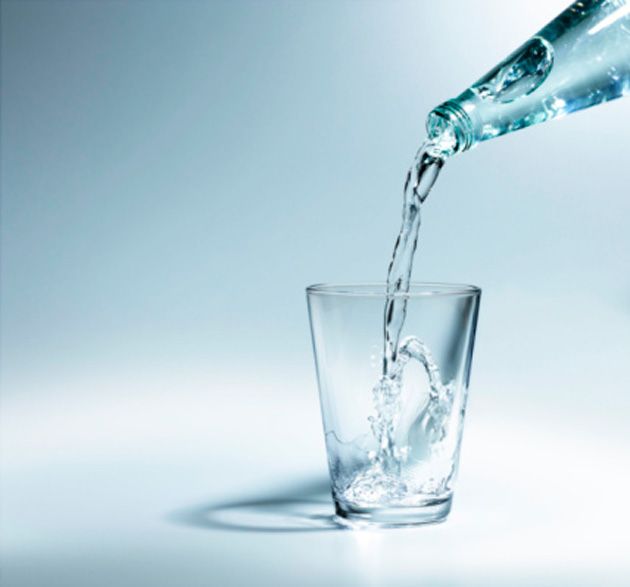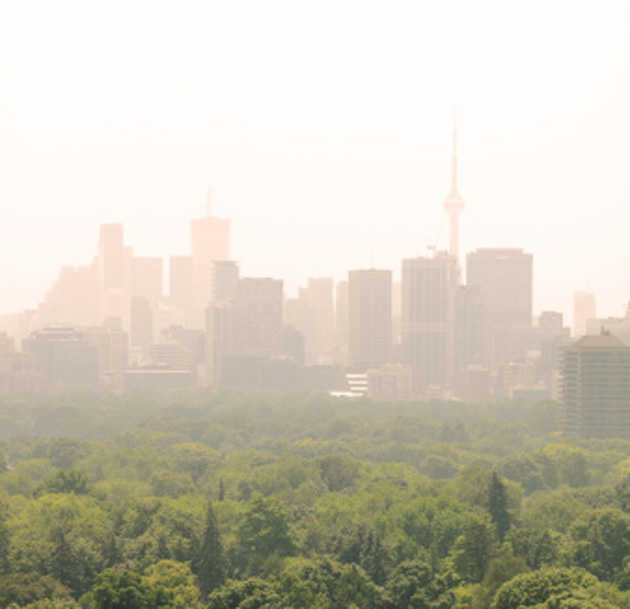7 Summer Health Hazards

When summer fun becomes unhealthy. Here, what to look out for and how to protect yourself.
1. Skin cancer
It is the most commonly diagnosed form of cancer in this country, says the Canadian Cancer Societ. But if caught early, skin cancer is usually treated easily. Exposure to ultraviolet radiation from the sun (or from artificial UV light such as tanning beds) increases the risk for developing skin cancer. Other risk factors include:
— Light skin, eyes or hair
— Skin that burns or freckles easily
— Unusual moles that are irregular in shape or larger or darker than normal moles
— A family history of melanoma
Protect yourself by having regular skin screenings and wearing the appropriate sunscreen. For extra protection, wear a sunhat if you plan to be outdoors for an extended period of time, and keep in mind the sun’s peak hours are between 10:00 am and 4:00pm.
While some experts advocate for short periods of unprotected sunlight to help with Vitamin D deficiency, the key here is moderation: most experts agree you should not be unprotected for more than 10 or 15 minutes. (For more see, Get your Vitamin D.) Not sure which sunscreen is best for you? Try our tips for choosing the sunscreen that’s right for you.
 2. Eye damage
2. Eye damage
Sunlight can damage not only skin, but also your eyes. Long-term exposure to UV rays can contribute to eye disease such as cataracts and age-related macular degeneration. Bright light can damage your retina and even cause your eyes to become sunburned, a temporary but often painful condition known as photokeratitis. To protect your eyes, be sure to wear sunglasses that filter out 100 per cent of UV light, especially around water, which can reflect a tremendous amount of light to your eyes.
For more information on how to get the best protection for your eyes, see Sunglasses: more than a fashion statement.
 3. Food poisoning
3. Food poisoning
One of the great traditions of the season is cooking and eating outdoors, whether on your patio or on a picnic or camping trip. Unfortunately, this can also mean an increase in food-borne illnesses. The most common culprit: letting the food sit outside in warm temperatures for too long. For more tips on summer food safety, see Don’t get ill from your grill.
 4. Bug bites
4. Bug bites
Not only are they annoying and itchy, but mosquito bites can be serious if they infect you with a disease like West Nile or malaria. While the risk of getting diseases from mosquito bites is low, the annoyance factor is high indeed. Prevent bites by avoiding buggy areas whenever possible and using a good insect repellent on your skin and clothing. Choose a product with about a 10 per cent to 30 per cent concentration of DEET, depending on how many hours of protection you need.
For extra protection, wear long pants and sleeves as well as socks, especially during dawn and dusk when mosquitoes are at their peak. To reduce the number of mosquitoes around your home, eliminate any standing water that may have collected in places such as used flowerpots. For more information, visit the Mayo Clinic’s webpage on Mayo Clinic’s webpage on mosquito bites.
 5. Dehydration
5. Dehydration
Dehydration happens when you lose more fluid than you take in — and as a result, your body doesn’t have enough water and other fluids to carry out its normal functions. The summer heat can cause excessive sweating – especially when being physically active or while exercising — which in turn can lead to dehydration.
If lost fluids aren’t replenished, the consequences can be serious. While you can usually reverse mild dehydration by increasing your intake of fluids, more severe dehydration requires immediate medical treatment.
To prevent dehydration, drink additional water in hot or humid weather to help lower your body temperature and replace lost fluids. Remember: thirst is not always an accurate indicator of dehydration, so drink plenty even if you’re not feeling thirsty.
 6. Heatstroke
6. Heatstroke
The most serious of heat-related problems, heatstroke often results from exercise or heavy work in hot environments combined with inadequate fluid intake. Because the body’s normal mechanisms for dealing with heat (such as sweating and temperature control) are lost, heatstroke is potentially life threatening.
The main symptom of heatstroke is a significantly elevated body temperature — generally greater than 104 F (40 C) — with changes in mental status ranging from personality changes to confusion and coma. If you suspect heatstroke, call 9-1-1 for immediate medical attention.
Other things you can do:
— Move the person out of the sun to a cool or air-conditioned spot
— Cover the person with damp sheets or by spraying with cool water
— Use a fan or newspaper to direct air onto the person
 7. Poor air quality
7. Poor air quality
The hazy days of summer may pose health risks, and not only for people with serious conditions such as asthma, heart disease or chronic obstructive pulmonary disease (COPD). Smog is actually a toxic mix of pollutants that, after long-term exposure, can damage lung cells, impair the immune system and increase risk for respiratory infection. Even short-term exposure can trigger symptoms in healthy people such as headaches, breathing difficulties, and exhaustion.
So what should you do? Stay informed on the air quality in your area through your local news or online resources such as Environment Canada Air Quality Health Index and The Weather Network. It is generally better to plan outdoor activities early in the morning or later in the evening, since the level of pollutants generally rises with the temperature. Also, if possible, avoid traffic and heavily congested areas, especially during rush hour. On days when pollutants are high, it’s better to turn on the air conditioner and close your windows.